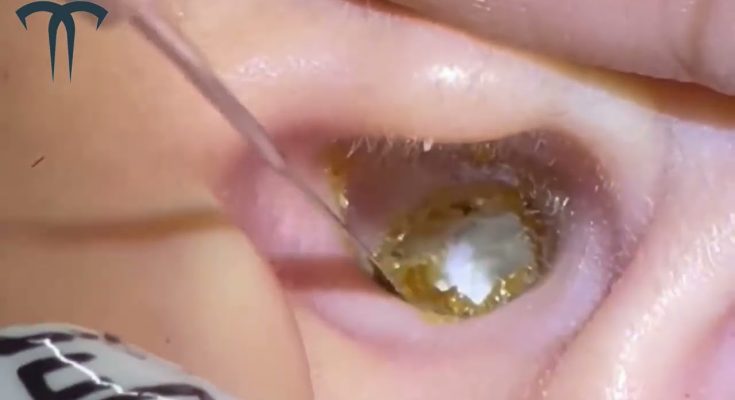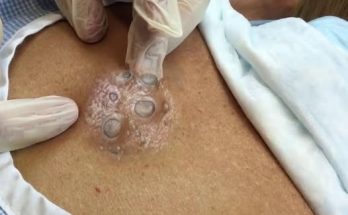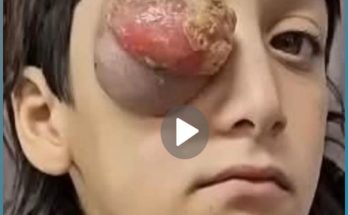If you have super dirty ears or feel a buildup of wax and debris, it’s important to clean them safely to avoid damaging your eardrums or ear canal. Here are safe methods for cleaning dirty ears:
1. Over-the-Counter Ear Drops
- Earwax Softening Drops: You can buy earwax removal drops (like Debrox or hydrogen peroxide solutions) from your local pharmacy. These drops work by softening earwax, allowing it to drain out naturally.
- How to Use: Lie on your side and apply a few drops into the ear. Stay in that position for about 5-10 minutes to let the solution soften the wax. Then sit up, letting the liquid drain out. You can repeat this process for the other ear.
2. Irrigation with Warm Water
- Bulb Syringe: You can gently irrigate your ear with warm water using a rubber bulb syringe.
- How to Use: After softening the wax with ear drops, fill the syringe with warm water (not too hot or cold). Tilt your head and gently squirt the water into your ear canal. Allow the water and wax to drain out, and then dry the ear with a clean towel.
- Note: Be gentle, as using too much force can damage the eardrum.
3. Ear Cleaning with a Damp Cloth
- Wipe the Outer Ear: Use a warm, damp washcloth to clean the outer part of your ear. Be sure not to insert the cloth into the ear canal, but focus on cleaning the visible areas.
- Behind the Ears: Don’t forget to clean behind the ears, which can sometimes collect dirt and oil.
4. Olive Oil or Mineral Oil
- Oil to Soften Wax: Natural oils like olive oil or mineral oil can soften earwax for easier removal.
- How to Use: Warm the oil slightly (not hot) and use a dropper to put a few drops in your ear. Let it sit for about 5-10 minutes before tilting your head to let the oil drain out. Follow up with a gentle irrigation or use a cotton ball to soak up the excess oil.
5. Professional Ear Cleaning
- If your ears are very dirty or impacted with wax, it’s best to have them professionally cleaned by a doctor or audiologist. They use specialized tools to safely remove earwax and dirt without damaging your ears.
- Microsuction: This method involves using a small suction device to remove wax and debris. It’s effective and done under direct vision, so it’s very safe.
6. Avoid Cotton Swabs (Q-Tips)
- No Q-Tips: Never use cotton swabs to clean inside your ears. Inserting a swab can push the wax further into your ear canal, making it harder to remove. It can also damage your ear drum or ear canal.
7. Ear Candling
- Avoid Ear Candling: Ear candling is not recommended by healthcare professionals. It can be dangerous, ineffective, and even cause burns or further blockage of the ear canal.
8. Hydrogen Peroxide Solution
- Diluted Hydrogen Peroxide: Mix equal parts of hydrogen peroxide (3%) and water. Use a dropper to apply a few drops into the ear and let it sit for a few minutes. The bubbling sensation helps to break down earwax. Tilt your head and allow the liquid to drain out.
- Rinse with Warm Water: After using hydrogen peroxide, rinse your ear gently with warm water using a bulb syringe.
9. Drying Your Ears
- After cleaning, make sure to dry your ears thoroughly. Use a clean towel or gently dry the outer ear with a hairdryer on a low, cool setting held at a safe distance.
10. Signs You May Need a Doctor
If you experience any of the following, it’s important to see a healthcare provider for proper treatment:
- Severe ear pain
- Dizziness
- Hearing loss
- Fluid drainage (other than earwax)
- Persistent blockage even after cleaning
Prevention Tips
- Clean the Outer Ear Regularly: You can regularly wipe the outer ear with a cloth to remove dirt and oil.
- Avoid Using Objects: Refrain from using bobby pins, keys, or other objects in your ears to clean them.
- Consider Ear Drops: If you’re prone to earwax buildup, you might want to use ear drops periodically to prevent blockage.



